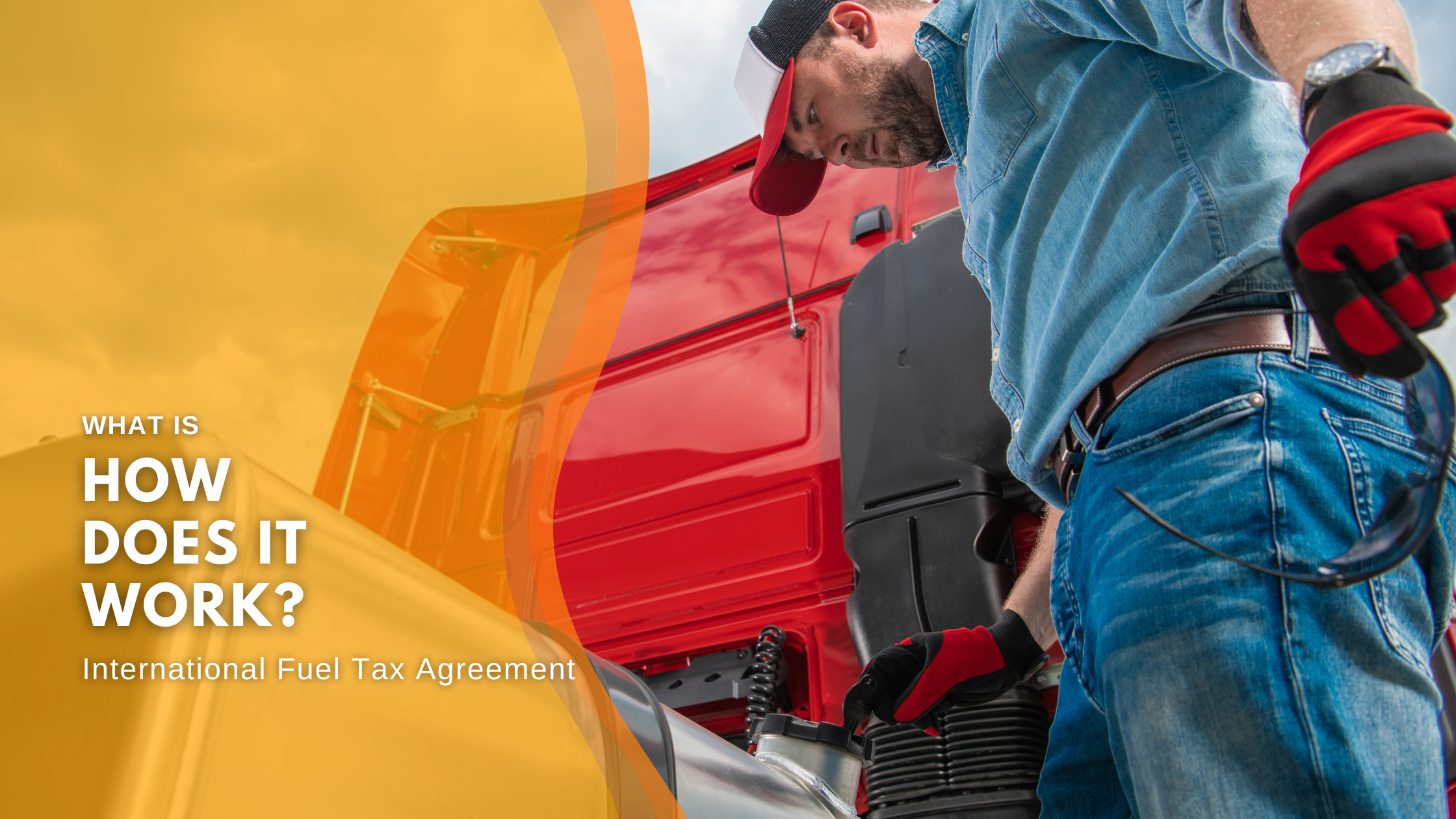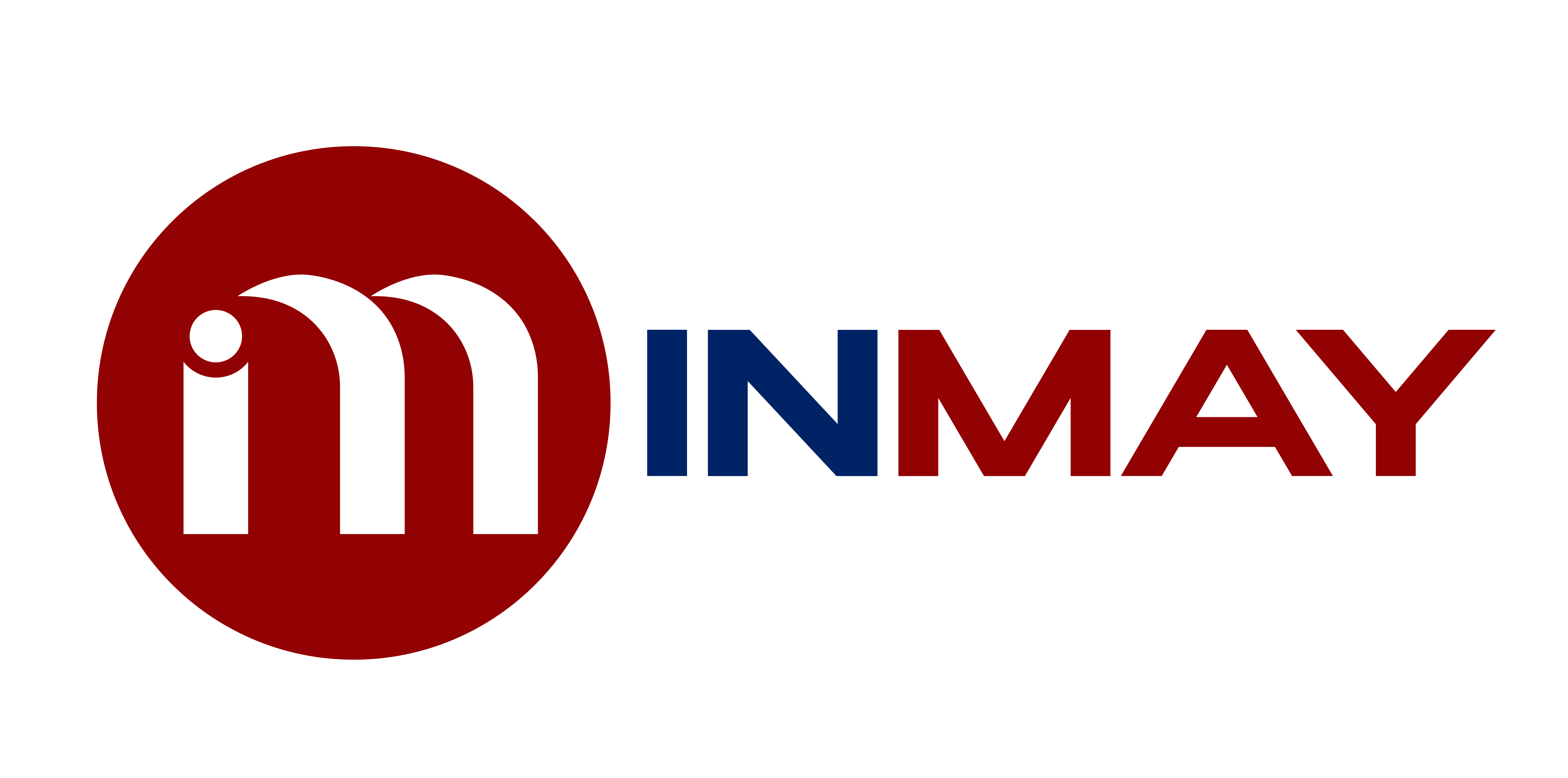
What is IFTA? How Does It Work?
Do your Fuel taxes with confidence with this all-in-one guide here.
Venturing into the logistics industry by moving freight as a Carrier, Owner-Operator, or Driver, there are some things that you need to deal with that will require your full understanding, time, and attention. And one of those is IFTA which stands for International Fuel Tax Agreement. So in this article, we are going to discuss everything you need to know about it.
A Brief Background About IFTA
International Fuel Tax Agreement (IFTA) is a cooperative agreement between the contiguous United States (48 states excluding Alaska, Hawaii, and District of Columbia) and 10 Canadian provinces (namely Alberta, British Columbia, Manitoba, New Brunswick, Newfoundland, Nova Scotia, Ontario, Prince Edward Island, Quebec, and Saskatchewan).
Before there was IFTA, every trucker needed to get fuel permits in every jurisdiction they entered. This process caused unnecessary delays and inconvenience in dealing with filing, rules, and policy discrepancies taking away hours to do documentation and being the reason for inconsistent filing and reporting. With these unpleasant experiences, IFTA was created to keep things simple and to make the whole process more efficient.
Do I Need IFTA?
If you fit the following qualifications:
-
A carrier that operates in more than one member jurisdiction, and
-
You have a commercial motor vehicle that has a gross weight of more than 26,000 pounds,
then having an IFTA account for you is a must and you indeed need one.
How Does IFTA Work?
Under this cooperation program, it is ensured that each member jurisdiction gets its proper share of taxes from heavy vehicles using their highway. To do this, qualified carriers with a qualified motor vehicle registers to their base jurisdiction and are given a fuel tax permit. To register, you just need to fill out your base jurisdiction’s application form and provide all the necessary information asked and send it via fax or mail depending on what is available. Once their review process is done and your application is approved, you will be issued IFTA license and vehicle decals.
Then, every time carriers like you enter and run operations in a member jurisdiction, the tax for the fuel purchased in that state is being credited to your IFTA account. At every end of each quarter, you need to file a report reflecting the total number of miles you run and the total number of gallons of fuel purchased in each member jurisdiction.
The base jurisdiction will be the one responsible for collecting these taxes as well as distributing them to other member jurisdictions. It is also the base jurisdiction’s duty to enforce every registered account’s compliance through audits.
How is the IFTA Fuel Tax calculated?
Calculating your fuel tax sounds complicated, but it is actually pretty simple and you’ve got all the instructions on the IFTA Tax Report. To make you comfortable with doing these calculations, let’s walk you through some pointers you need to take note of:
-
Average Mile Per Gallon - you get this by having your Total Miles Traveled In All Jurisdictions divided by your Total Gallons Purchased In All Jurisdictions
-
Taxable Gallons - you get this one by having your Total Taxable Miles per each jurisdiction (usually the same as the total number of miles you drove for each jurisdiction) divided by the Average Mile Per Gallon
-
Net Taxable Gallon - this is the Taxable Gallons minus the Tax Paid Gallons (the total number of gallons of fuel you actually purchased in that state). It is always possible to get a negative result so do not get shocked, that just means that you purchased more gallons of fuel in that jurisdiction than what you actually need based on the distance drive there.
-
Tax Rate - each jurisdiction sets its own tax rate and this is being updated for every quarter. You can always go here to see the updated tax rate for every jurisdiction.
Now that you are already familiar with all these important pointers, time to bring out your Fuel Tax Report and do your taxes. To compute your taxes, you just have to multiply your Net Taxable Gallon by the updated Tax Rate of that jurisdiction and the result would be your Tax. And then, add all your taxes for each jurisdiction along with your Interest Due (if applicable) and you should get the total amount of tax that you need to pay. You should be able to do these easily as long as you have your total miles driven in each jurisdiction and the total number of gallons of fuel purchased in each jurisdiction with you. If you use ELD and Fuel Card, you should have these data easily by just going onto their dashboards and pull-up these reports. You can also do these manually by compiling all the original receipts for every fuel purchase that you made and arranging them according to what state is so you can have the total for each jurisdiction.
Key Takeaways
It is important that as a carrier, you are well informed about all the requirements and compliance that you need as a business, just like IFTA. It will help you make better decisions and will give you confidence in running your business. When it comes to IFTA, Inmay hopes this article serves you well as you have to deal with IFTA Reporting quarterly.
If you think you need more information about IFTA, you can check out their About Page here.



